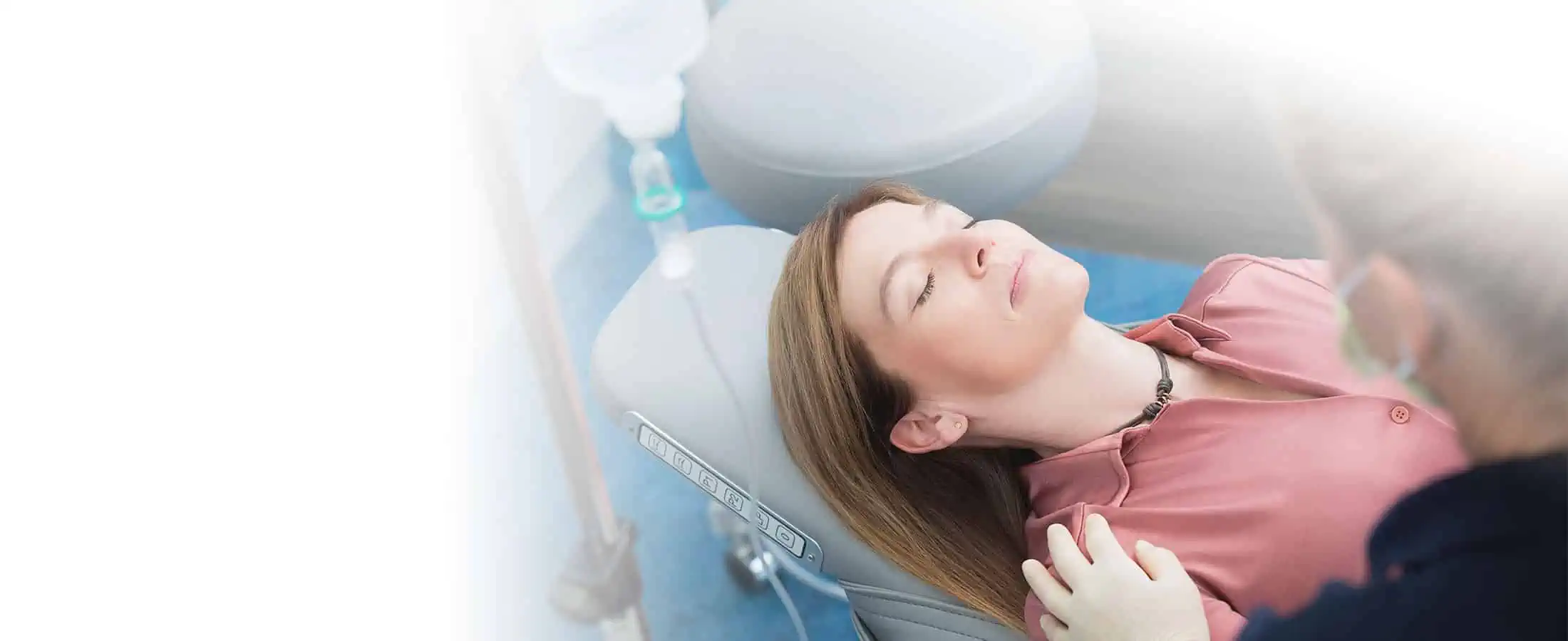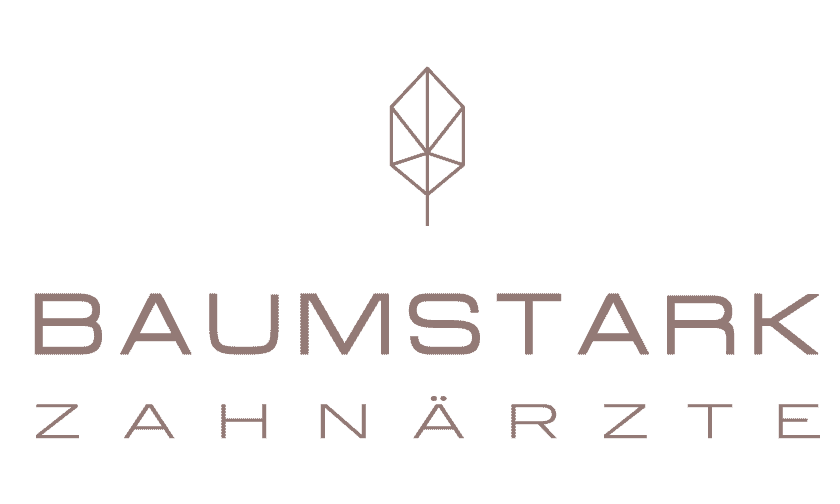Home » Anaesthesia options
anaesthesia options
Painless treatments with gentle types of anaesthesia.
Dental appointments often make patients feel uneasy and sometimes even panicky. They put off an appointment again and again. Bad experiences or painful treatment are often the reason for anxiety at the dentist. This does not have to be the case. There are various anaesthesia options to help worried patients feel relaxed when visiting the dentist.
Don't be scared of the dentist!
Whether you need root treatment or an implantation is required or several teeth have to be treated - gentle, pain-free treatment is always possible, for example with local anaesthetic, analgosedation or general anaesthetic.
örtliche Betäubung, Analgosedierung oder die Vollnarkose.
It is best to discuss directly with us which of the three anaesthesia options would be best for you. Sometimes a local anaesthetic is sufficient if it just a small procedure. In other cases, a general anaesthetic would be the best option.
Are you worried about the dentist? You are not alone! Around two-thirds of the German population suffer from this. Talk openly with us – we can help you.
Local anaesthetic - selectively pain-free
With local anaesthetic a selective area is made impervious to pain, for example, you no longer have any feeling in the tooth to be treated and the area around it. This local anaesthetic is ideal if decayed areas have to be removed, or for root canal treatments. A major advantage is that it does not affect the whole body. After some time, the body breaks down the local anaesthetic and the nerve responds to stimuli once again.
Advantages
- Medical history
- Clinical examination and diagnosis using 3D X-ray if required
- Treatment of the root canal with intensive and comprehensive antiseptic measures and local anaesthetic
- Filling / preparation for tooth replacement
Most suitable for children and anxious patients
Does the thought of visiting the dentist make you feel sick, get your heart racing or make you shudder? For anxious patients, analgosedation is exactly the right choice if decay, tooth roots and gum pockets have to be treated. This method is a good solution for extensive treatments for children.

General anaesthetic - sleep through the treatment
Sie haben Zahnprobleme und wünschen sich, von der Behandlung gar nichts mitzubekommen? Bei der Vollnarkose versetzen wir Sie künstlich in einen sanften Schlaf. Medikamente unterdrücken das Schmerzempfinden
It may be the case that patients react negatively to certain substances in the analgosedative. If that is the case with you, you should tell us about it prior to treatment.
A general anaesthetic is the right choice for patients who ...
- are very anxious about the dentist
- suffer from a phobia of dental treatment
- have motor instability
- have strong defensive and gag reflexes
- are very sensitive to pain
Care by experienced specialists
We advise an examination before the treatment to check whether a general anaesthetic would be suitable.
The anaesthesia itself will be carried out by a specially trained specialist in anaesthesia. They check your vital functions such as breathing, heart function and circulation and check you during the procedure.
Do you have any questions on the topic of anaesthesia options?
You will find answers to the most frequently asked questions here.
With analgosedation you breathe without assistance and you can respond to the instructions of the dentist during the treatment. With a general anaesthetic you have artificial respiration and there is greater stress on your cardiovascular system.
We recommend a general anaesthetic if pain cannot be excluded with a local anaesthetic. Apart from that, a general anaesthetic is recommended for anxious patients and those are not stable at a motor level.
A general anaesthetic is a safe solution nowadays. The specialist for anaesthesia is specially trained, the equipment is computer-assisted, and the anaesthetic is well tolerated and eliminated quickly. As with every general anaesthetic, there is a residual risk and your dentist will talk to you about this.
Die Kosten für die Vollnarkose hat der Patient zu tragen.
